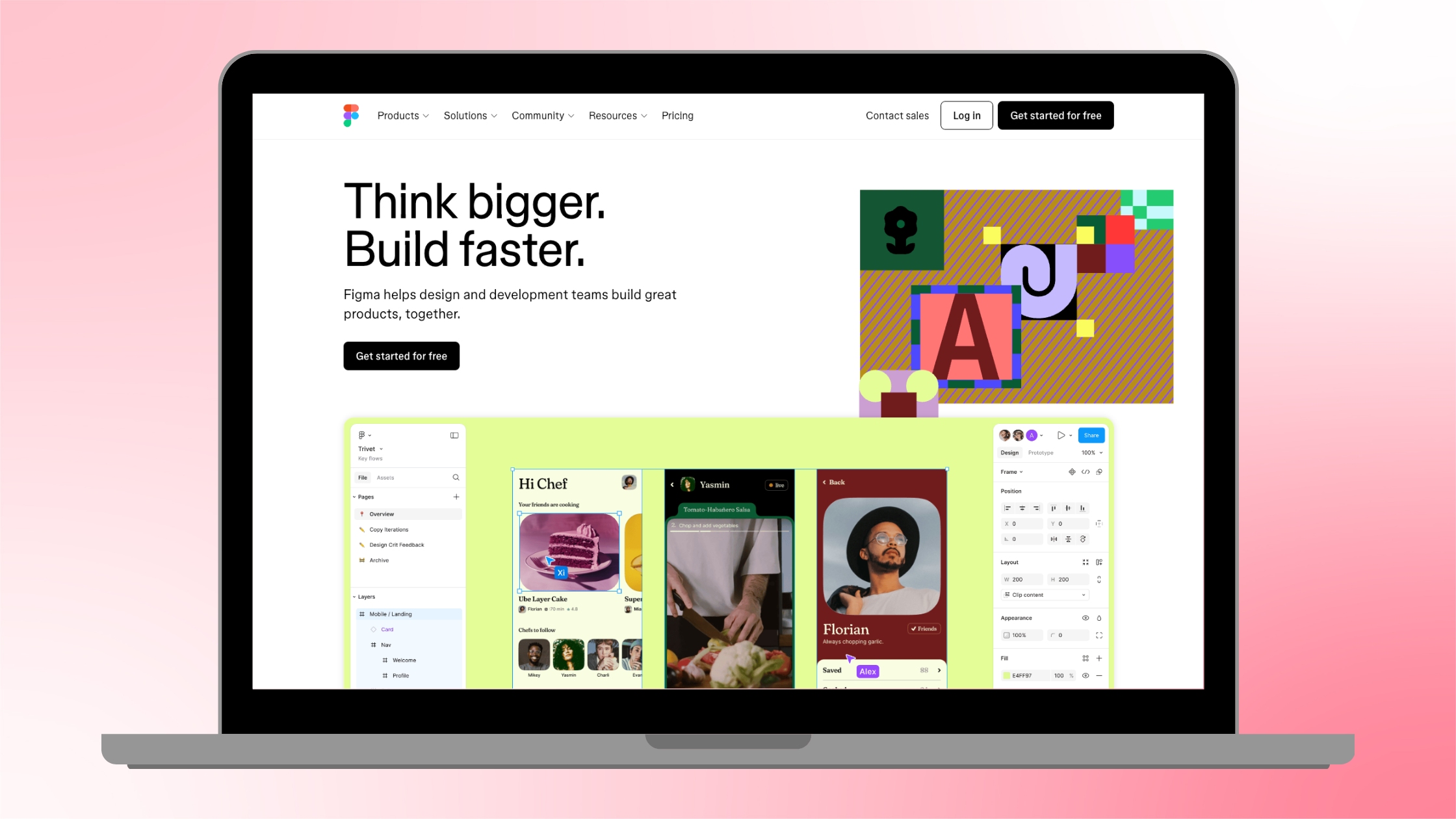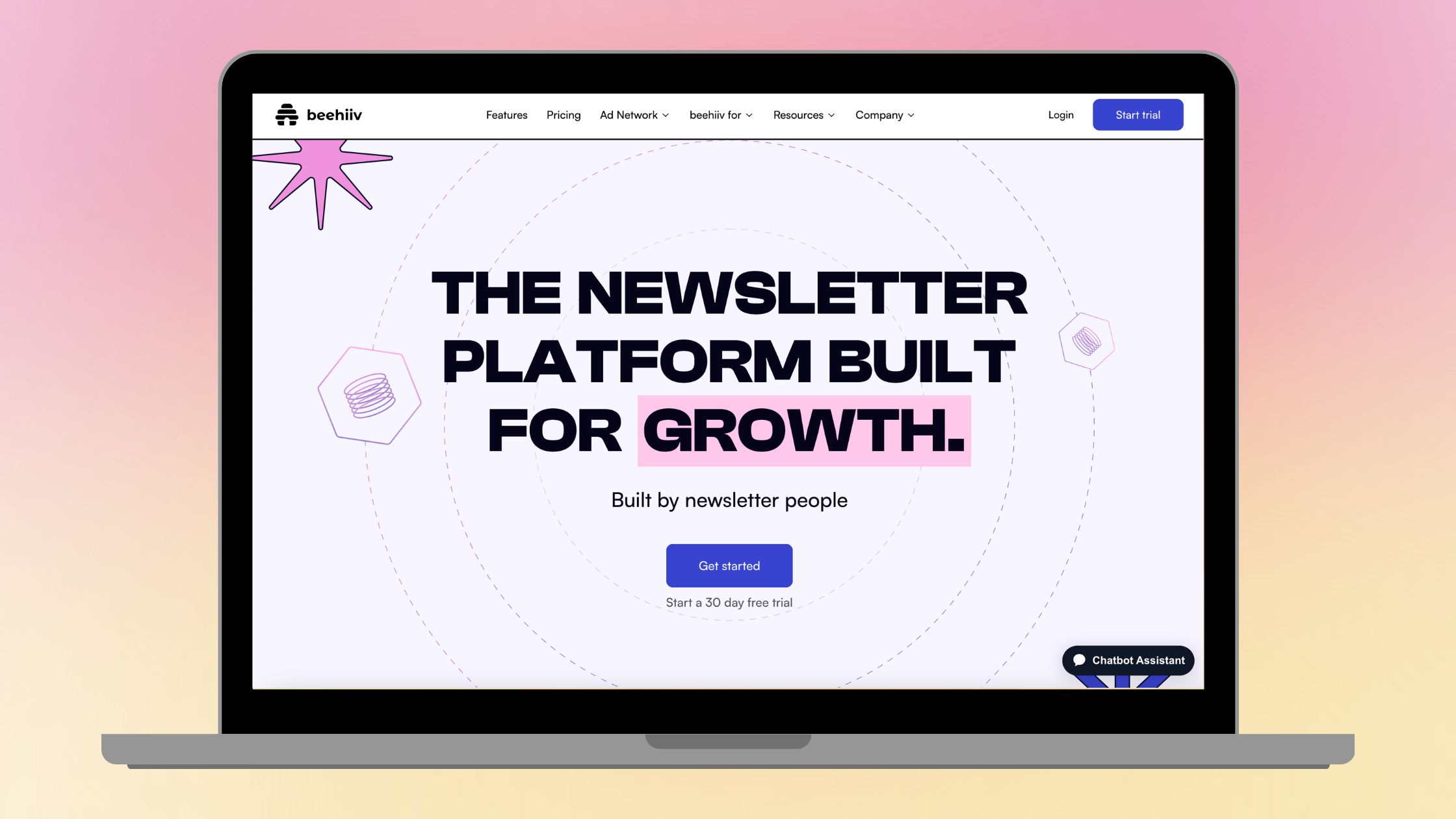In the fast-paced and ever-evolving landscape of digital marketing, user experience (UX) has emerged as a critical factor influencing the success of online ventures. It’s not just about having a visually appealing website; it’s about creating seamless experiences that captivate and convert visitors into loyal customers. In this blog post, we’ll delve into the significance of UX in digital marketing and explore how businesses can leverage it to enhance their online presence.
Understanding UX in the Digital Realm
Defining UX
User experience encompasses every aspect of an individual’s interaction with a company, its services, and its products. In the digital realm, this primarily refers to the experience users have when navigating a website, using an app, or interacting with online content. It involves amalgamating design, functionality, accessibility, and overall satisfaction derived from these interactions.
The Digital First Impression
In the digital world, first impressions are formed within seconds. Users decide whether to stay on a website or abandon it based on how quickly they can find what they need and how enjoyable the process is. This initial interaction sets the stage for the entire user journey.
The Nexus Between UX and Digital Marketing
SEO and User Experience
Search engines like Google prioritize user experience in their algorithms. Websites that provide a positive and seamless experience are more likely to rank higher in search results. This is why businesses must align their UX strategies with SEO best practices.
Key SEO Techniques for Enhancing UX:
- Mobile Responsiveness:
- With most internet users accessing content on mobile devices, ensuring mobile responsiveness is paramount. Google rewards mobile-friendly websites with higher rankings.
- Page Loading Speed:
- Users expect websites to load quickly. Slow-loading pages lead to higher bounce rates and negatively impact search rankings. Optimize images, use browser caching, and employ content delivery networks (CDNs) to enhance speed.
- Intuitive Navigation:
- Straightforward and intuitive navigation is a cornerstone of a positive user experience. Well-organized menus and easily accessible information contribute to both user satisfaction and SEO.
- Quality Content:
- High-quality, relevant content not only engages users but also improves search rankings. Regularly update your content and incorporate keywords naturally.
Conversions and User Experience
Beyond search rankings, UX plays a pivotal role in conversion rates. A website that is easy to navigate, visually appealing, and offers a seamless transaction process is more likely to convert visitors into customers.
Strategies for Improving Conversion-Oriented UX:
- Clear Call-to-Actions (CTAs):
- Use compelling and action-oriented CTAs strategically placed throughout the website. Guide users on the desired path, whether purchasing, filling out a form or subscribing to a newsletter.
- Simplified Forms:
- Lengthy and complicated forms can be a significant turnoff for users. Streamline forms by asking only essential information and providing clear instructions.
- Visual Appeal:
- A visually appealing website instills trust and credibility. Invest in clean design, high-quality images, and a color scheme that aligns with your brand identity.
- Personalization:
- Tailor user experiences based on preferences and behavior. Personalized content and recommendations enhance engagement and increase the likelihood of conversions.

The UX Journey: From Landing Page to Loyalty
Crafting an Engaging Landing Page
The landing page is the digital doorway to your brand. It’s the first impression that users form, and its design and content should work harmoniously to captivate visitors and guide them toward meaningful interactions.
Elements of an Effective Landing Page:
- Compelling Headline:
- The headline is the hook. Craft a concise and compelling statement that conveys the core value proposition of your brand or product. Make it instantly clear what visitors can expect.
- Visual Hierarchy:
- Guide users through the landing page with a clear visual hierarchy. Essential elements such as the headline, key visuals, and call-to-action buttons should stand out prominently.
- Minimalist Design:
- Less is more. Embrace a minimalist design that eliminates unnecessary clutter and distractions. Focus on the essential elements that convey the message and encourage user action.
- Social Proof:
- Build trust through social proof. Incorporate testimonials, reviews, or case studies that highlight positive experiences from previous customers.
Navigating the User Journey
A seamless user journey involves guiding visitors effortlessly from the initial landing page to deeper engagement and, ultimately, brand loyalty. Understanding the user’s intent at each stage enables businesses to provide relevant and valuable interactions.
Stages of the User Journey:
- Awareness:
- In the awareness stage, users are discovering your brand for the first time. Provide informative and engaging content that introduces them to who you are and what you offer.
- Consideration:
- Users in the consideration stage are seeking more in-depth information. Showcase the benefits of your products or services through detailed content, and use interactive elements to keep users engaged.
- Conversion:
- The conversion stage is where users make a decision to take a specific action, such as making a purchase or signing up for a course. Make this process straightforward with clear calls-to-action and a simplified checkout process.
- Retention:
- Retaining customers involves providing ongoing value and personalized experiences. Keep users coming back by offering relevant content, personalized recommendations, exclusive access, and loyalty incentives.
Enhancing the Journey with UX Principles
Consistency Across Touchpoints:
Maintain consistency in design, messaging, and overall branding across all touchpoints. Whether users interact with your brand through the website, social media, or emails, a cohesive experience builds trust and recognition.
Continuous Optimization:
Regularly analyze user behavior, gather feedback, and conduct usability testing to identify areas for improvement. Continuous optimization ensures that the user journey remains aligned with evolving user expectations and industry trends.
Personalization for Loyalty:
Utilize data-driven personalization to create tailored experiences. Understand user preferences, behaviors, and demographics to deliver personalized content, recommendations, and promotions that resonate with individual users.
Feedback Loops:
Implement feedback mechanisms such as surveys, reviews, or customer support channels. Listening to user feedback provides valuable insights into pain points and areas for enhancement, fostering a sense of user involvement and loyalty.
The Future of UX in Digital Marketing
As we step into the future, the digital marketing landscape is continually evolving, driven by technological advancements and changing user behaviors. Understanding the upcoming trends in UX is essential for businesses to stay ahead of the curve and deliver exceptional experiences to their audiences.
1. Voice User Interface (VUI) Integration:
The rise of voice-activated devices and virtual assistants has transformed the way users search for information. Optimizing for Voice User Interface (VUI) becomes paramount as more people embrace voice search. Brands need to adapt their content to match the conversational nature of voice queries. Understanding how users phrase spoken requests and tailoring content accordingly will be crucial for maintaining visibility in voice search results.
Tip: Incorporate long-tail keywords and natural language phrases into your content to align with the way users speak when using voice search.
2. Augmented Reality (AR) Experiences:
Augmented Reality (AR) has transcended novelty and is becoming integral to the user experience. Businesses can leverage AR to provide interactive and immersive experiences for users. Whether allowing customers to virtually try on products or visualize how a piece of furniture fits into their space, AR enhances engagement and brings products to life in previously unimaginable ways.
Tip: Explore AR applications that align with your products or services, enhancing user engagement and providing a memorable brand experience.
3. Chatbots and Artificial Intelligence (AI):
The integration of Chatbots and Artificial Intelligence (AI) in digital marketing is a trend that shows no signs of slowing down. AI-driven chatbots offer real-time assistance, personalized recommendations, and streamlined customer interactions. These technologies enhance user satisfaction by providing instant responses and free up human resources to focus on more complex tasks.
Tip: Implement AI-driven chatbots that can understand user intent and provide personalized responses, creating a more human-like interaction.
4. Personalization at Scale:
While personalization is not a new concept, the future of UX involves taking personalization to the next level. Users now expect tailored experiences across all digital touchpoints. Machine learning algorithms analyze user behavior, preferences, and historical data to predict and deliver content, products, and recommendations that resonate with individual users.
Tip: Invest in robust data analytics and machine learning tools to understand user behavior and deliver personalized experiences at scale.
5. Omni-Channel Experiences:
The future of UX is inherently omni-channel. Users seamlessly transition between devices and platforms, expecting a consistent and cohesive experience. Businesses need to ensure that their digital marketing strategies are aligned across various channels, providing a unified brand experience regardless of whether a user is on a website, mobile app, or social media platform.
Tip: Implement strategies and technologies that enable a unified customer experience across different channels, ensuring consistency and coherence.
6. Data Privacy and User Trust:
With increasing concerns about data privacy, users are becoming more discerning about how their information is collected and utilized. The future of UX involves transparent data practices, stringent security measures, and empowering users with control over their data. Building trust through ethical data handling practices will be crucial for sustaining positive user experiences.
Tip: Clearly communicate your data privacy policies, invest in secure data storage, and prioritize transparency to build and maintain user trust.
7. Accessibility for All:
Accessibility is not just a legal requirement; it’s a fundamental aspect of a user-centric approach. The future of UX demands digital experiences accessible to everyone, regardless of disabilities. Businesses should prioritize designing inclusive interfaces, providing alternative text for images, and ensuring compatibility with assistive technologies.
Tip: Conduct regular accessibility audits and embrace inclusive design principles to ensure your digital assets are accessible to all users.
Embracing the Evolution of UX
The future of UX in digital marketing is exciting and dynamic, filled with opportunities for businesses to create innovative and user-centric experiences. Staying attuned to these emerging trends and proactively integrating them into your digital strategy will not only keep you ahead of the competition but will also position your brand as a leader in providing exceptional digital experiences. Embrace the evolution of UX, and watch as your digital presence flourishes in the years to come.
In conclusion, the future of UX is about creating seamless experiences and memorable and impactful interactions that resonate with users on a profound level. It’s about leveraging technology to build connections, foster trust, and propel digital marketing into a new era of user-centric innovation.
Conclusion
In digital marketing, the user experience is not a mere afterthought; the linchpin holds together the entire online strategy. Businesses that prioritize and continually refine their UX strategies will benefit from improved search rankings, foster brand loyalty, and drive sustained success in the digital landscape.
Embrace the power of UX, align it with SEO best practices, and watch your online presence evolve into a seamless and satisfying journey for your users.


